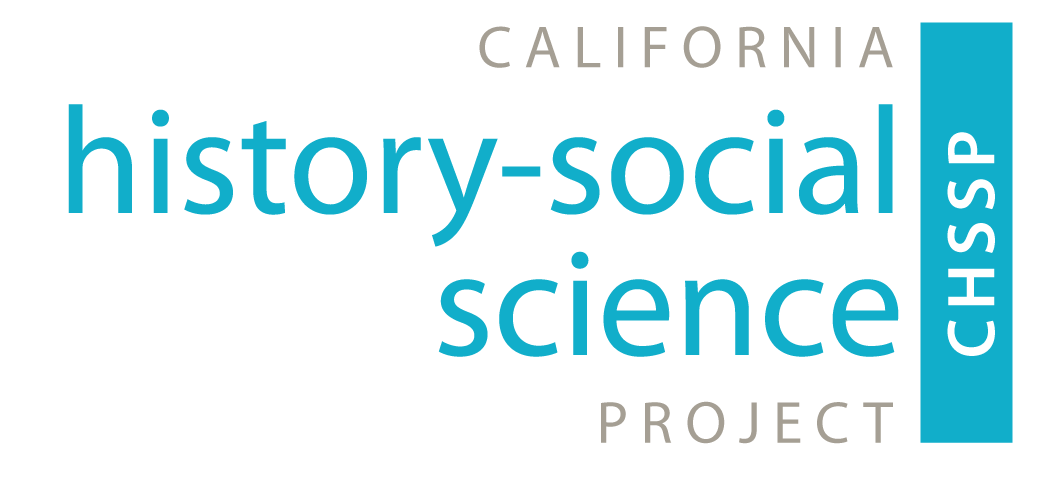#JeSuisCharlie
The brutal massacre of ten journalists and two policemen in Paris this week shocked and outraged us. Evil struck at the heart of a world capital, silencing the provocative voices of a satirical weekly. The attack reminds us once again of the fragility and importance of one of our most cherished civil liberties: freedom of expression, and more specifically, freedom of the press.
In the coming weeks, world leaders and commentators will debate the significance of the attack. The French government and its people will have to reflect upon the impact of the murders on its society, culture, and way of life, just as we did after 9/11.
And despite the miles that separate France from the United States, the massacre will impact our classrooms. Our students have learned of the attacks through traditional and new forms of media. They have seen the hashtag – JeSuisCharlie - I am Charlie. And they will have questions. This terrible moment will provide us with yet another opportunity to help our students understand a confusing and at times, very scary world. These conversations will not be easy, as none of us can explain why people rationalize murder.
However, difficult conversations are absolutely what our students need in these situations. Whether or not we openly discuss terrorism, massacres, and radicalism in class, this is the context of our students’ lives. They will be more prepared to combat intolerance and extremism as adults if they have had time as adolescents to discuss the consequences of violence and consider how they as individuals can help protect a fundamental human right: freedom of expression.
One thing that can help in these conversations is context. Students need to understand that the right to free expression is one that has been challenged for many, many years. Throughout the world, authoritarian governments have sought to limit the freedom of the press and the right of individuals to speak freely. Students need to know about the English Bill of Rights’ challenge to monarchical rule, John Peter Zenger’s quest for freedom of the press during colonial times, and John Locke’s impact on our own Declaration of Independence and Bill of Rights. Students should also study significant case law on freedom of the press, such as Near vs. Minnesota, a 1931 case which outlawed the government’s practice of prior restraint and New York Times vs. United States, the infamous 1971 Pentagon Papers case. And students should recognize that while reporters in the United States are relatively safe today, journalists in other countries routinely face imprisonment, including Syria, Egypt, China, and Iran.
Students also need to understand that the threat to free expression is not always state-sponsored. The journalists from Charlie Hebdo join a long and tragic list of reporters, photographers, and commentators who have been murdered by intolerant and desperate factions in response to their reporting or simply as representatives of free societies that they hate. For example, in 2002, Wall Street Journal reporter Daniel Pearl was killed by Khalid Sheikh Mohammed in Pakistan, where he was investigating links between shoe-bomber Richard Reid and Al-Qaeda. In February 2014, Gregorio Jiménez de la Cruz, a crime reporter from Veracruz, Mexico, was abducted and killed by local men, who allegedly have ties to organized crime. And this past August, freelance journalist James Foley was beheaded by members of the so-called Islamic State in response to US airstrikes in Iraq.
Providing students with this context won’t make things better immediately, of course. Students will still struggle to understand why, to make sense of something that defies understanding. But there is something helpful and hopeful in the truth. Freedom of expression demands constant vigilance for its preservation. We must encourage our students to value the fundamental right to speak one’s mind, to offend, and to challenge those who believe they are above the law.

